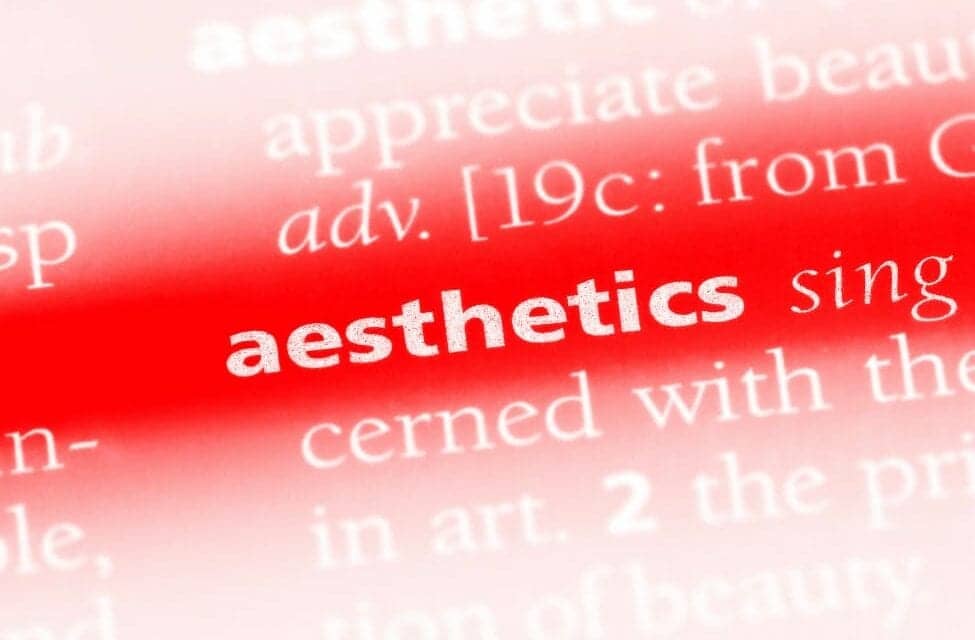Dermatologists were the most frequented and trusted resource by aesthetic consumers when exploring cosmetic injectable procedures, according to a presentation at the American Society for Dermatologic Surgery annual meeting.
“Society’s growing emphasis on aesthetic beauty has fueled a rapid growth in the aesthetic industry, especially in regard to injectable treatments,” Jordan V. Wang, MD, MBE, MBA, of Laser and Skin Surgery Center of New York, and colleagues wrote. “As cosmetic practitioners, it is important to know the general perspective of patients in order to effectively market aesthetic procedures, provide sufficient patient education and meet a growing consumer demand.”
To better understand the perspective of aesthetic consumers, an online survey was distributed to gather demographic data as well as experiences and attitudes toward fat transfer, soft-tissue fillers and neurotoxins.
Of 106 respondents, 31.1% reported having a previous cosmetic procedure, of which 36.4% intended to pursue an additional procedure in the future. For cosmetic injectables, 17.9% of respondents reported receiving fat transfer (mean age: 41.1 years), 9.4% of respondents reported receiving soft-tissue fillers (mean age: 31.5 years) and 9.4% reported receiving neurotoxins (mean age: 35.4 years).
In terms of familiarity, respondents were similarly knowledgeable about each cosmetic procedure. While 49.1% of respondents wanted to learn more about fat transfer, less interest was reported in soft-tissue fillers (44.3%) and neurotoxins (38.7%).
When seeking information about cosmetic procedures, dermatologists were the most frequented (39.6%) and trusted (45.3%) resource. Overall, 23.6% of respondents were actively pursuing a cosmetic procedure, and 32.2% of respondents were considering pursuing a cosmetic procedure.
“Aesthetic consumers have varying degrees of knowledge and beliefs on fat transfer, soft-tissue fillers and neurotoxins,” Wang and colleagues wrote. “Consumers rely on various factors when deciding to participate in cosmetic interventions.”
[Source(s): American Society for Dermatologic Surgery, Healio]





